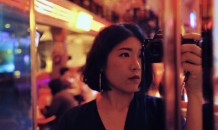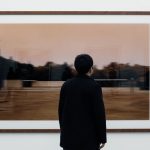I started shooting stock photography back in 2002 when I was still in college. Back then, I was working part-time as a photojournalist for a Singapore newspaper , The Straits Times. Encouraged by a former senior Straits Times photographer, KF Seetoh, I dived into the world of travel-related stock images. At that time, we were mostly dealing in rights-managed images.
Three years later, I was running my own fashion studio in Singapore. Micro-stock and travel photography was all the rage by this time, and I focused my energy on this field, sending myself and my students on work trips to Thailand and Vietnam to shoot Asian-themed stock images and upload them on various websites.
There weren’t many photographers focusing on this kind of photography. The industry hadn’t matured yet, consumers were happy with what they received in campaigns; but something was catching up to everybody.
When social media exploded and the mobile phone became the number one device used by Asians — everything changed. The casual consumer become more demanding and picky with what he or she gave his attention to.
Some things remained the same, but some things evolved. A photographer who wanted to pursue a career in stock photography still has to get into the mind of the buyer. What would media owners or campaign managers want to buy?
The difference now is that a photographer has to think in multiple formats. They have to be aware of consumer consumption trends online, they must be able to not only know, but predict where the advertising industry is going next.
Think out of the box. Augmented reality, technology, next-gen, organic, sustainable — what’s selling and what isn’t. Plan your shoots accordingly, plan your messages correctly and your images will be marketable today and in the future.











